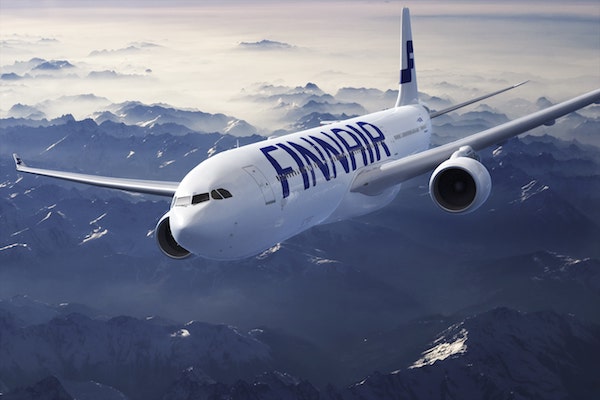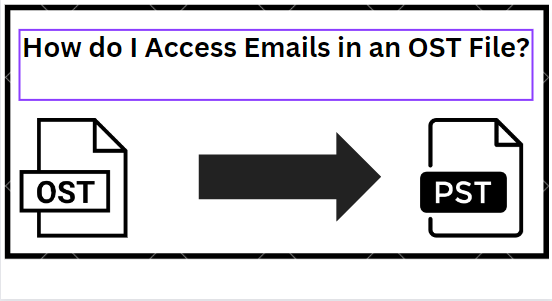Hilton: Business Travel Room Nights Could Reach 70 Percent of 2019 Levels by Q4 2021
Hilton Worldwide president and CEO Christopher Nassetta is optimistic about the future of travel and for Hilton.

Hilton Worldwide president and CEO Christopher Nassetta is optimistic about the future of travel and for Hilton. He's basing this optimism on having chaired and attended the World Travel and Tourism Council's global summit in Mexico, where more than 800 participants attended in person, as well as on data that supports the view that the slope of the recovery has steepened since the company released its fourth-quarter 2020 results.
"It was great to be in the same room with other hospitality and government leaders talking about the bright future that lies ahead for our industry," Nassetta said during a Wednesday first-quarter earnings call. "The event made me even more optimistic for our recovery and confident that we are beginning to see a new era of travel emerge."
There's no arguing that leisure travel will continue to lead the recovery, and based on current trends and forecasting, Nassetta thinks leisure room nights could be at 2019 levels by the fourth quarter—in the first quarter leisure room nights already were close to 90 percent of 2019 levels, and April bookings for the summer exceeded 2019 peak levels by nearly 10 percent. But he also believes business transient room nights could be at about 70 percent from two years ago by that time, and group volume at about the 50 percent mark.
"That's how we think the year is going to play out," he said, adding that revenue per available room levels are poised to improve each month. "I think we could be back somewhere around 70 percent [of RevPAR] of 2019 levels on a run rate basis, which isn't all the way home, but is a heck of a lot better than where we were."
Average daily rates, though, are not expected to be near 2019 levels for some time yet, as the higher priced corporate business will be slower to return, and there needs to be more compression from groups. "To get both room nights and rate and the compression we need… the bigger groups to be back," he said. "So I still say 2023, 2024, but I'd probably err toward the earlier end of that."
Still, Hilton is seeing a slow shift back to a more normal mix of business with corporate group leads up more than 70 percent for future periods, Nassetta said. "Associations and trade shows have also started opening up housing and registration sites for events later this year. As we look out to next year, our group position is roughly 85 percent of peak 2019 levels with rate increases versus 2019."
China as a Case Study
Occupancy levels in China are currently running in the low 70s, and Hilton expects this momentum to continue. "RevPAR in China increased 64 percent year over year for the first quarter, with occupancy levels increasing from about 35 percent to 65 percent during the quarter," said Hilton CFO Kevin Jacobs. "Both leisure and business transient demand rebounded quickly as restrictions eased, with March occupancy in China exceeding 2019 levels."
Based on what the company has seen in China and in pockets of the U.S. once restrictions are lifted and offices reopen, "business travel returns," Nassetta said, adding that in the U.S. states with lifted restrictions, "business travel volumes are already 75 percent of what they were in 2019 in those markets. It is really good evidence that as people get back to work, as kids in the fall go back to school, it is very likely you are going to see a step change into the third and fourth quarter in business transient."
Q1 Earnings Metrics
First-quarter, system-wide RevPAR decreased 38.4 percent year over year to $46.23 on a comparable and currency neutral basis, and 53 percent versus the first quarter of 2019. Rising Covid cases and tightening travel restrictions weighed on demand through January and most of February, Nassetta said, but March marked a turning point, as it overlapped with the pandemic from last year, and RevPAR for the month was up 23 percent year over year.
System-wide occupancy reached 43.9 percent for the quarter, a change of negative 11 percentage points year over year. ADR was $105.38, a 23 percent year-over-year decline.
For the period ended March 31, U.S. RevPAR was down 36.6 percent year over year to $51.10. Occupancy reached 47.7 percent, a 9.9 percentage point drop from 2020, while ADR was $107.23, representing a 23.4 percent decline.
Asia-Pacific reported the best returns. Occupancy was up 6.5 percentage points year over year to 43.7 percent. RevPAR was $42.65, down just 6.6 percent from 2020, and ADR was $97.60, a decline of 20.5 percent.
The company added 105 hotels with more than 16,500 rooms to its system during the quarter, for net unit growth of 5.8 percent year over year. Hilton also singed nearly 21,900 rooms, which was slightly ahead of expectations, Nassetta said. As of March 31, the company pipeline included about 399,000 rooms under construction or approved for development. Hilton expects net unit growth of about 4.5 percent to 5 percent for 2021.
Despite Nassetta's optimism for the future, Hilton's first-quarter revenues were $874 million, down from $1.92 billion in 2020, and the company realized a net income loss of $109 million
RELATED: Hilton Q4 2020 earnings

 Tfoso
Tfoso 
































